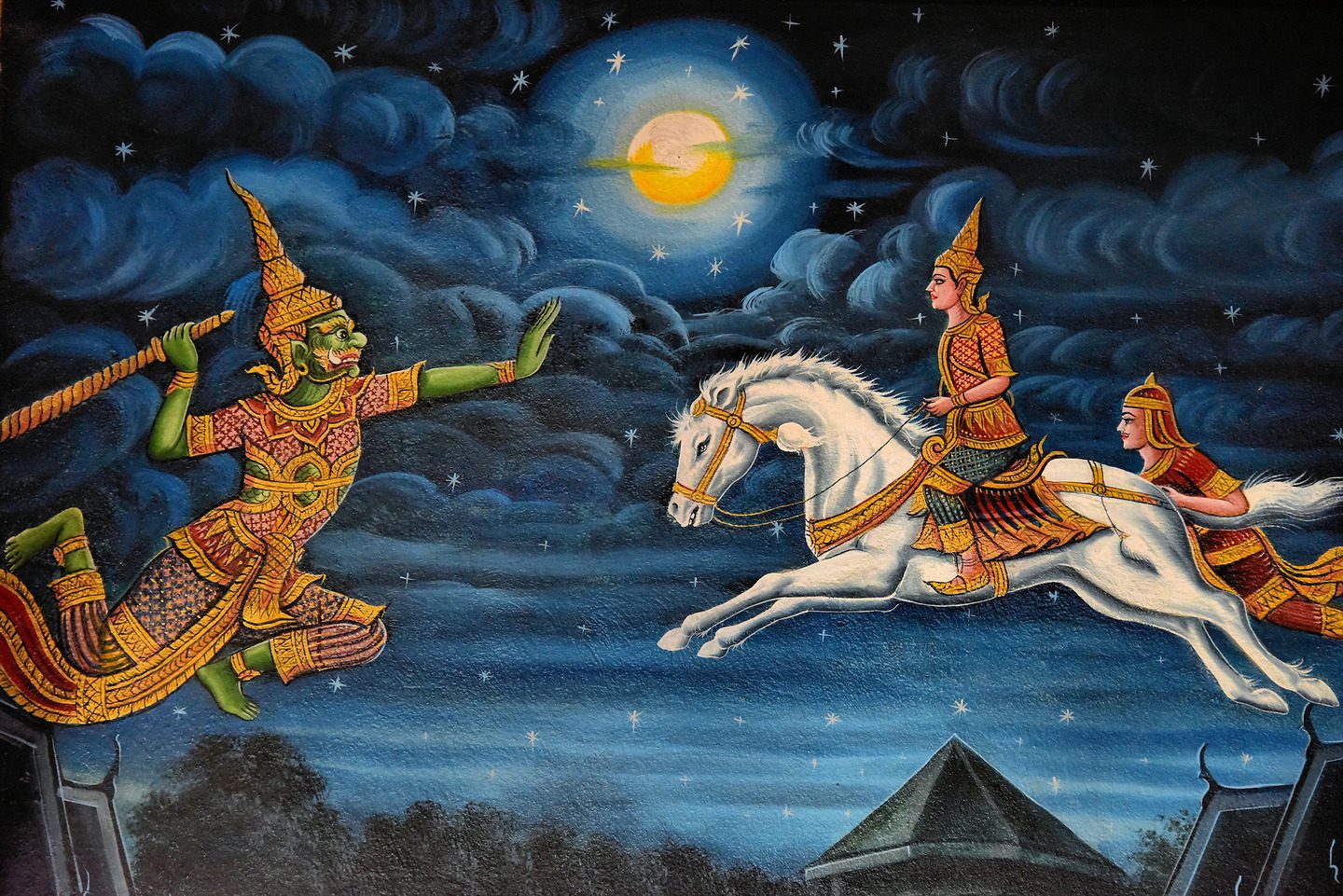Chiang Mai is a metropolitan city of one million residents along the Mae Ping River in northern Thailand. It has over two hundred Buddhist temples reflecting its rich history since it was founded in 1292 by King Mengari as the new capital city of the Lanna Kingdom.
















































